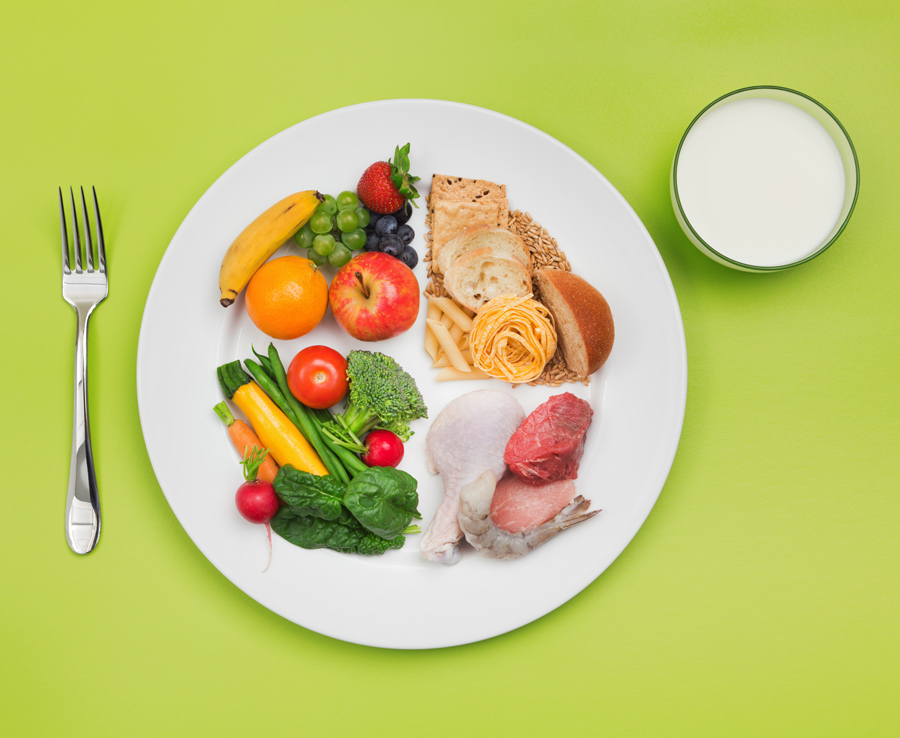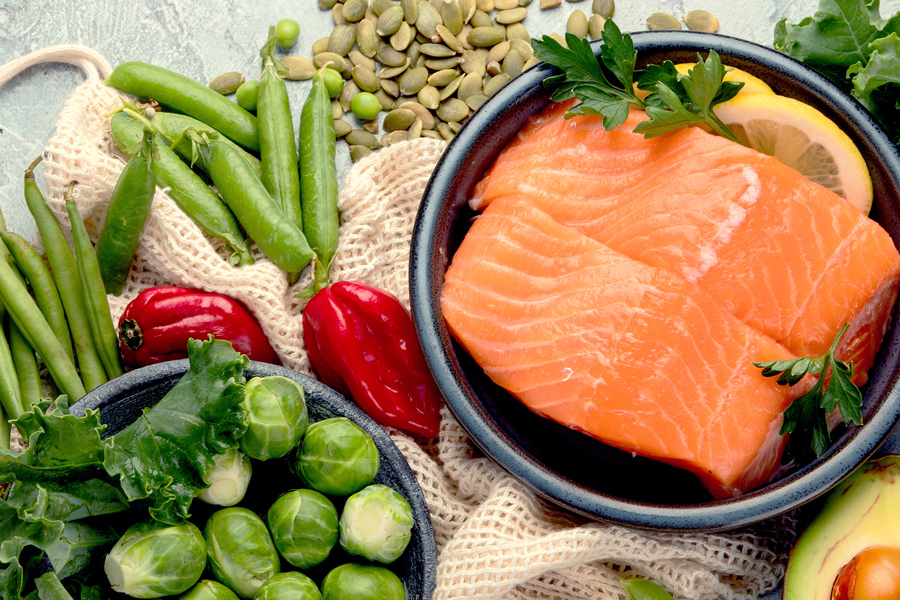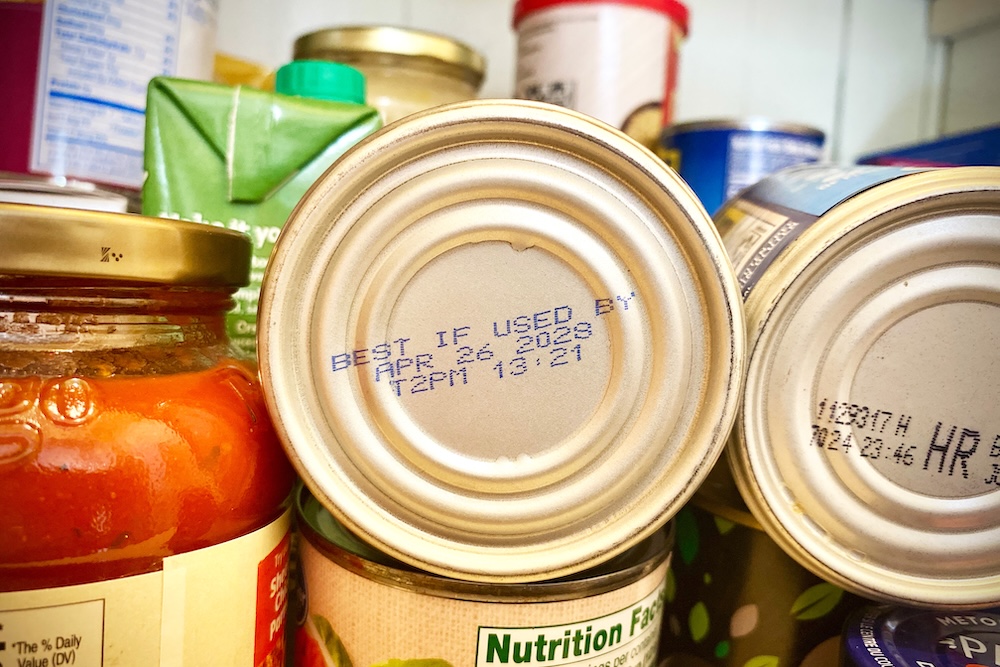An additional author is Savannah Duffy, MS, UGA Extension Nutrition Educator.

Each day, your body battles potential invaders such as bacteria and viruses. Your immune system is a complex network of cells and organs whose job it is to ward of these invaders. Your immune system may not win every battle, but keeping it healthy can help your body bounce back from disease quicker.
Ways to Keep Your Immune System in Fighting Shape


- Follow MyPlate guidelines to eat a well-balanced diet with plenty of fruits, vegetables, whole grains, lean proteins, and low-fat dairy.
- Consume probiotics from yogurt or kefir.
- Practice good hygiene such as frequent handwashing.
- Get at least 7 hours of sleep each night.
- Reduce stress levels with exercise, meditation, prayer, a warm bath, regular breaks during work, or getting fresh air.
- Engage in physical activity for 30 min or more each day.
| Nutrient | Recommended dietary allowance† | Where to get it |
|---|---|---|
| Protein | 10% to 35% of calories | Fish, skinless poultry, lean meat, cooked dry beans, lentils, nuts, and low-fat dairy foods |
| Vitamin C | Adult males: 90 mg Adult females: 75 mg |
Citrus fruits, bell peppers (red, yellow, green), kiwi, berries, greens, tomatoes, potatoes, cabbage, Brussels sprouts, and cantaloupe |
| Vitamin E | 15 mg | Vegetable oils, nuts, seeds, peanuts, and peanut butters |
| Selenium | 55 µg | Brazil nuts, halibut, sardines in oil, ham, eggs, cottage cheese, brown rice, beef, liver, and yellowfin tuna |
| Vitamin A | Adult males: 900 µg Adult females: 700 µg |
Orange vegetables like sweet potatoes and carrots, green leafy vegetables, salmon, fortified cereals, mango, and low-fat dairy foods |
| Zinc | Adult males: 11 mg Adult females: 8 mg |
Shellfish, oysters, beef, pork, poultry, fortified cereals, oats, beans, nuts, seeds, and low-fat dairy foods |
|
Note. † Recommended dietary allowance (RDA) is the average daily level of intake sufficient to meet the nutrient requirements of nearly all (97%–98%) healthy individuals; see https://ods.od.nih.gov/HealthInformation/nutrientrecommendations.aspx. The amounts listed in this table are indicated for adult females who are not pregnant or lactating and adult males. Pregnant/lactating females have differing recommended dietary allowances for some nutrients. mg = milligram; equal to 1/1000 of a gram (g) µg = microgram; equal to 1/1000 of a milligram |
||

Be wary of claims that certain foods or supplements have “immune-boosting” properties. While a healthy diet can help your immune system perform its job, there is no miracle fix. For example, consuming a large amount of vitamin C has not been consistently shown to prevent the common cold. In fact, consuming significantly larger than the recommended amounts of some vitamins and minerals can be dangerous. Instead, focus on following MyPlate guidelines to keep your immune system in shape.









